On the occasion of Gabriel Scott’s 10th anniversary, six international designers were invited to reimagine the brand’s iconic Welles Steel Chandelier as part of the project ‘The Floating Ideas’. The recreated designs, created by Michelle Gerson, Kelly Hoppen CBE, Guan Lee, Sybille de Margerie, Alessandro Munge and David Rockwell, will be presented at the Milano Design Week 2022. “I am delighted to be working with such high calibre designers to celebrate Gabriel Scott’s 10th anniversary. The designs they have proposed are original and a real testament to the spirit of the Welles chandelier,” says Scott Richler, co-founder of the Canadian furniture and lighting brand about the six designers that worked on this project.
Based in Toronto, Canada, Gabriel Scott is a contemporary design brand that produces both furniture products and lighting fixtures. The brand was founded in 2012 by architect and designer, Gabriel Kakon and Scott Richler. Known to produce a wide range of contemporary furniture and lighting products that are characterised by clean lines and interesting geometries, the brand makes sure that all its creations are handmade. Both the designing and production processes are handled by a team of industrial designers, engineers and manufacturers. This closely monitored process with the involvement of creatives and technicians alongside each other lends the pieces both aesthetic and technical adeptness. Their Welles Chandelier, inspired by jewellery, is a perfect example of the motto that the brand stands by: to create modular products to custom specifications.
The original Welles chandelier, crafted to precision, features a series of hollowed polygons that are arranged in a branched composition, such that they appear to be floating overhead. Designed to be modulated into different configurations and sizes, it can be used in a variety of spaces. The re-imagined versions of the chandelier by the six designers carries each creator’s unique style and aesthetic. While some pieces play with the materiality to lend themselves with a new look altogether, others play with colours in such a manner that the spatiality of the pieces gets transformed.
Michelle Gerson, who is a New York based designer and works to create dynamic and luxurious interior spaces, recreated the chandelier in light colours. Her design, inspired by the current global mood, is an attempt to induce joy and hope in the spaces that they occupy. Their light colour combinations and soft organic edges, accompanied by their unique composition, gives off the idea that they are afloat without support, thus imbuing them with a magical charm.
Crafted from white clay and complemented by satin brass, Kelly's reinterpretation is inspired by a collection of ceramics she is currently designing. Kelly has focused on the materials and scaled the size down to create an elegant overall appearance. It is wonderfully delicate yet maintains the same sense of movement as the original Welles fixture.
Guan Lee, the director of Grymsdyke Farm and co-director of Material Architecture Lab, used an altogether different material called POLiROCK developed by his lab. The unique material, created using fired clay, embodies the characteristics of both ceramics and rocks. In contrast with the original chandelier, it appears thoroughly organic, both in its visual and tactile texture. Although the black colour of the material lends it a certain heaviness, it is light in weight, porous and resistant to the harsh outdoor climate. Made by using recycled manufacturing waste, the material serves a pragmatic choice for varied everyday objects.
Sybille de Margerie, an interior designer based in Paris, imbued her design with the same sophistication that often features in her work. She plays with two materials: metal and glass to balance out each piece with the right amount of solid-void combination. “Rawness and refinement” perfectly describe this exquisite piece.
Alessandro Munge of Studio Munge, instead of building on the original composition of the chandelier, deconstructed the elements and arranged them in a circular fashion to resemble a horizontally running cartwheel. While still reminiscent of the original piece, it features as a thoroughly original design. The sixth designer, David Rockwell, has created a piece that celebrates classic geometric form, while mimicking natural features. It appears like a cloud recreated in abstract forms and clustered together.
Altogether, the different chandeliers make up for a dynamic collection that, apart from featuring as unique bespoke products, also serve as an ode to the original design by Gabriel Scott. With their distinct identities, they serve as new products that can be used to adorn interior spaces. At the same time, each luminaire resembles not only the original design of the Welles chandelier, but also embodies the fine craftsmanship that the brand is so well known for.
We are excited to announce our very own STIR press booth at Salone del Mobile - Hall 5/7 S.14, Fiera Milano RHO. Click here to read all that's STIRring at Milan Design Week on the best of exhibits, moods, studios, events and conversations to look forward to.






 Sign in with email
Sign in with email



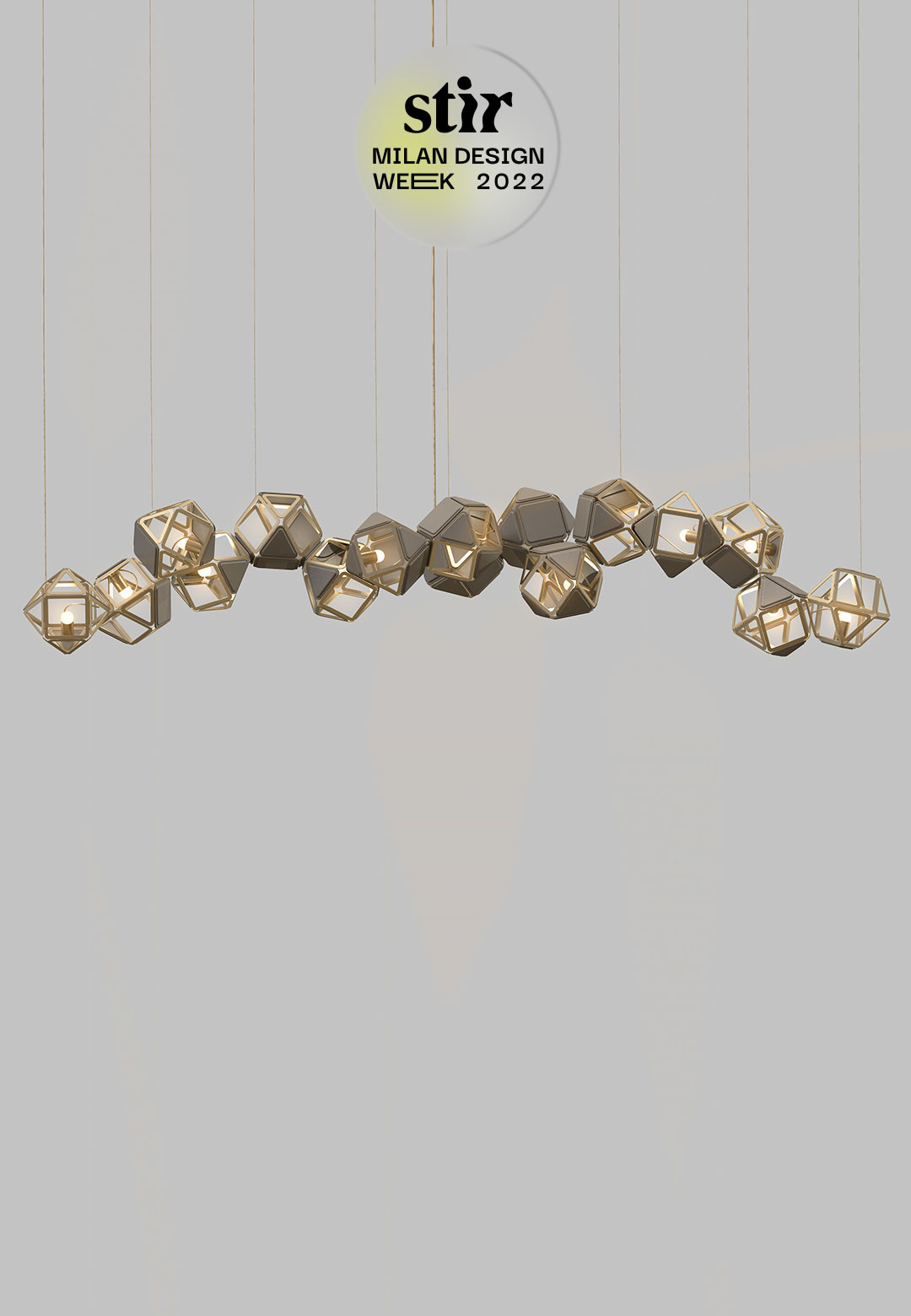
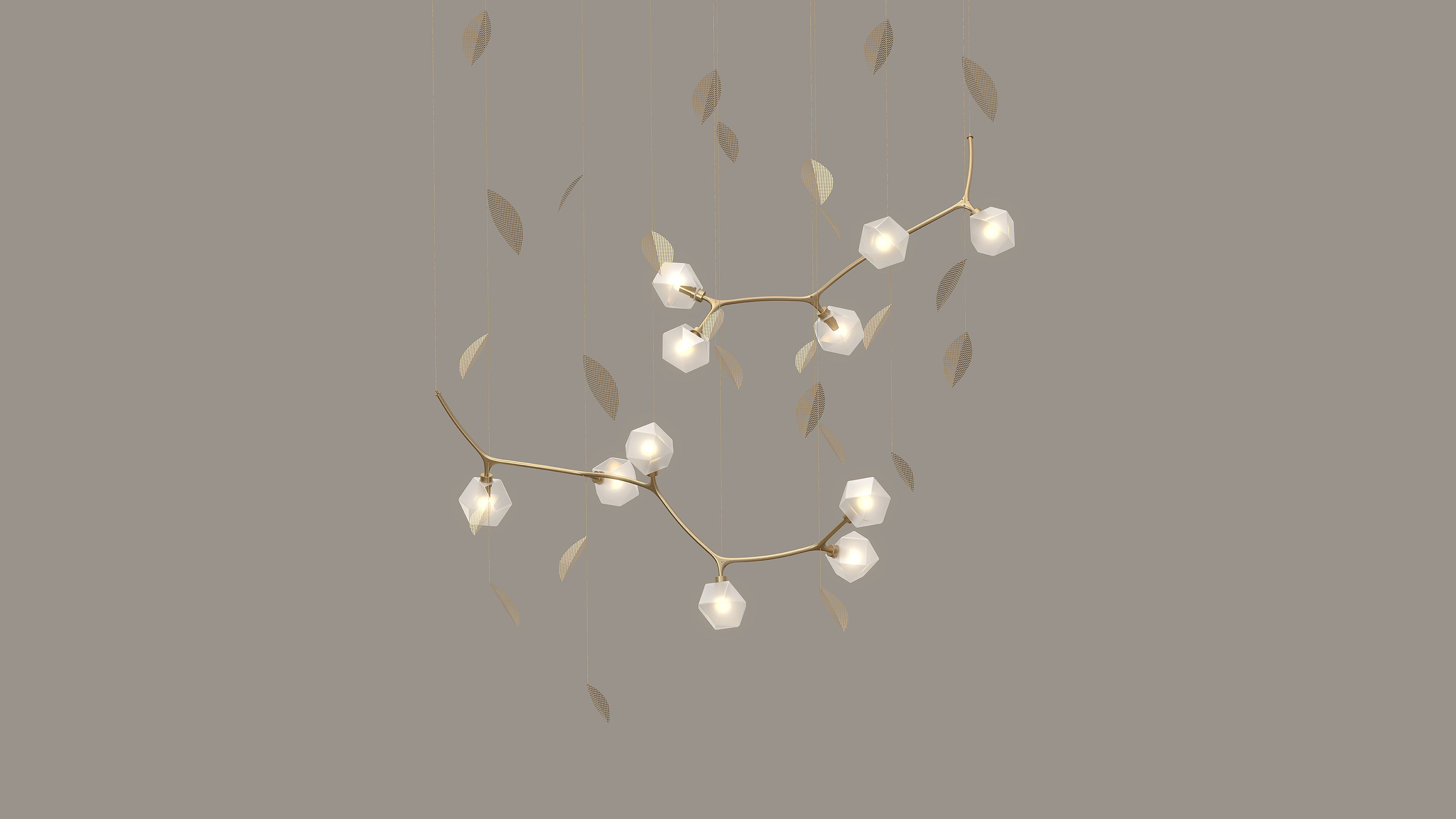
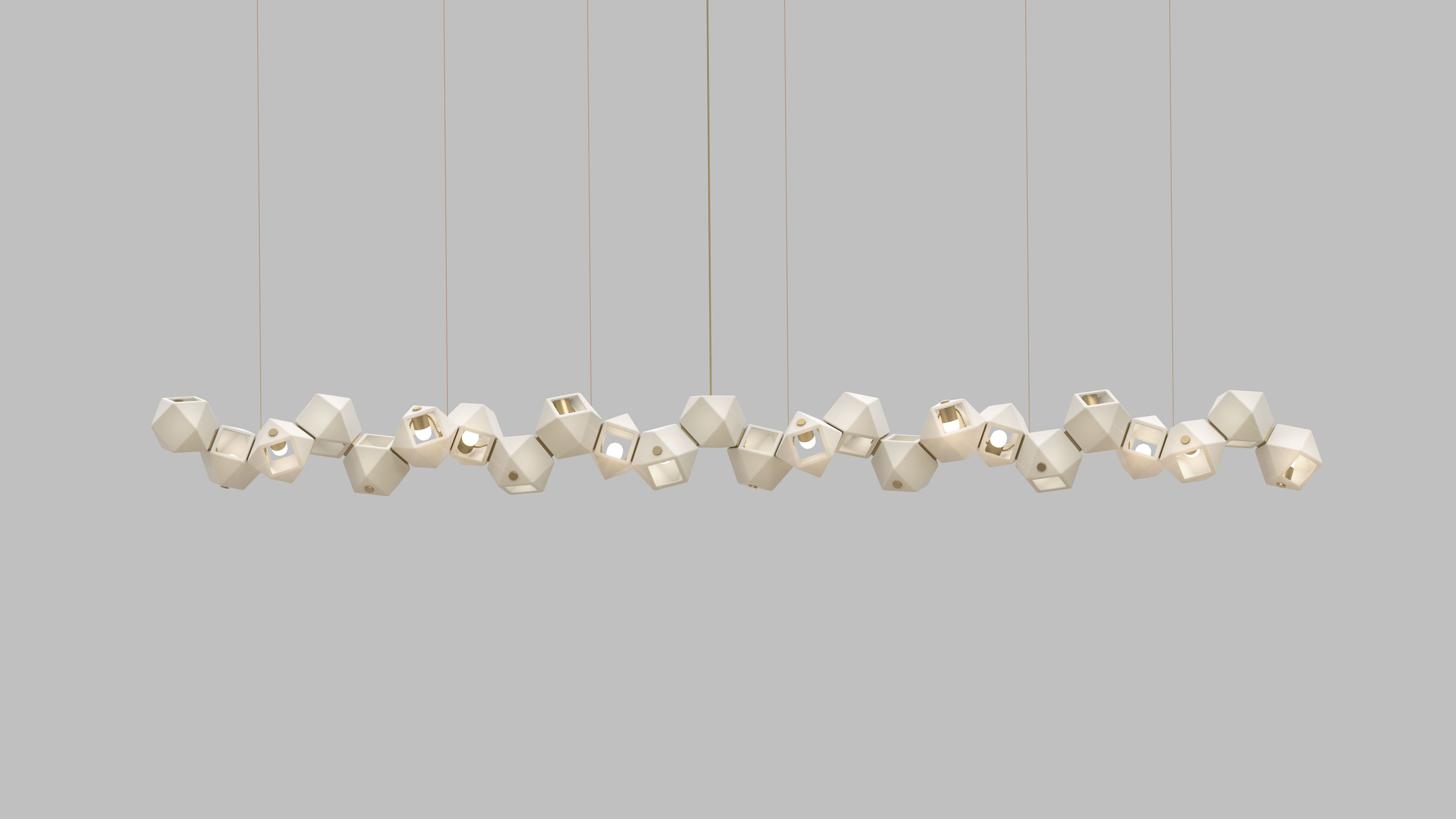

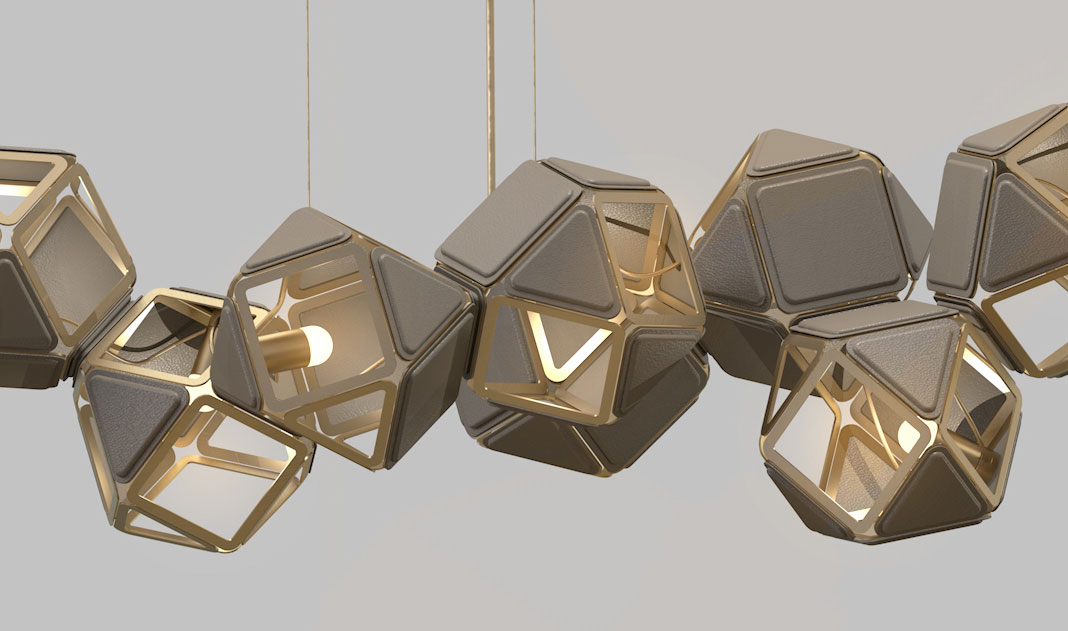

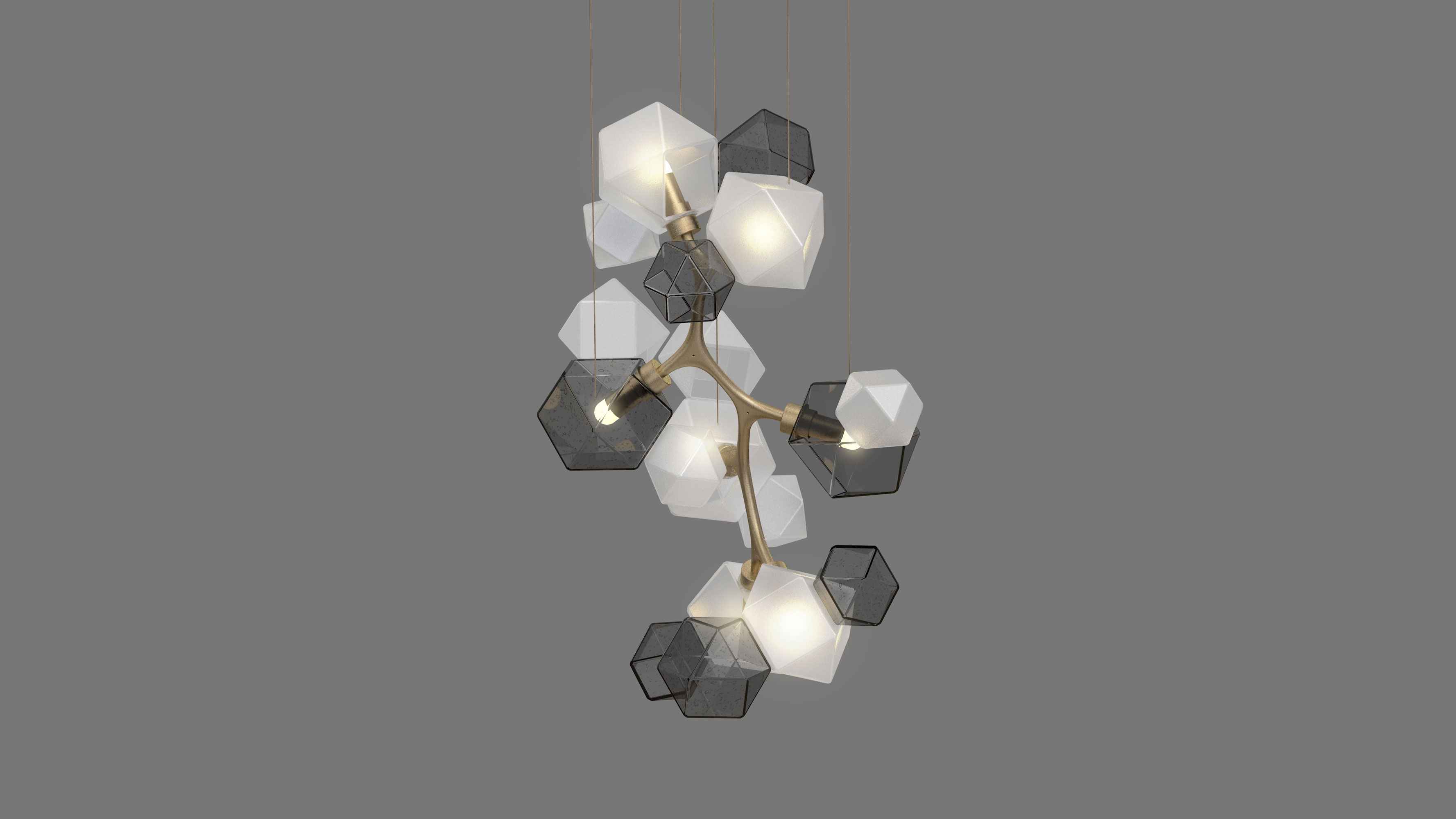






What do you think?